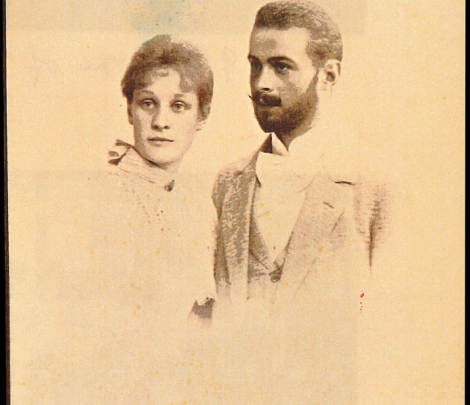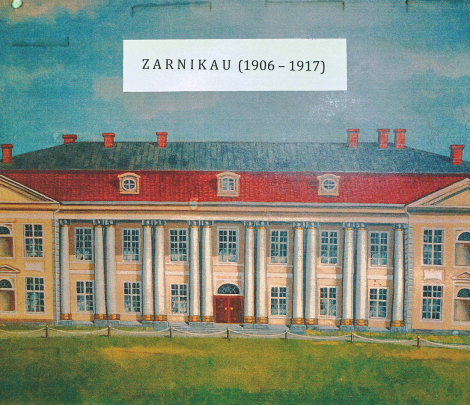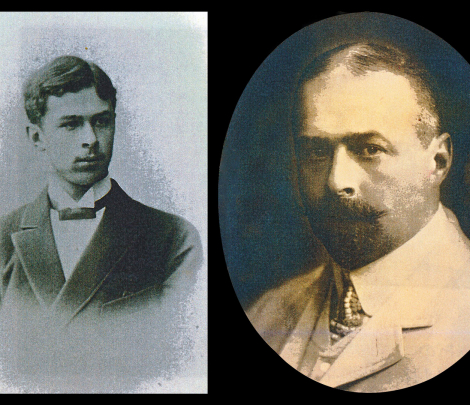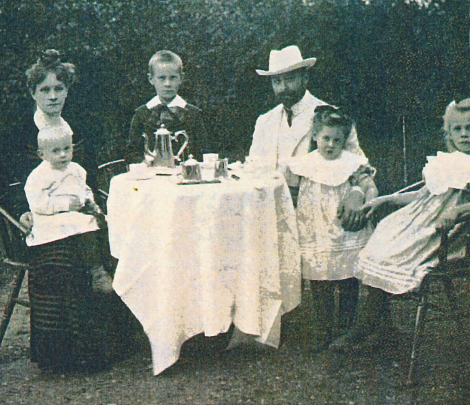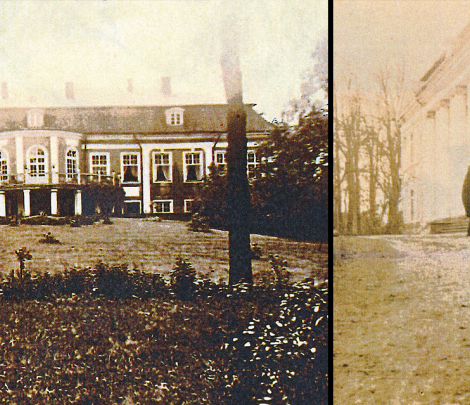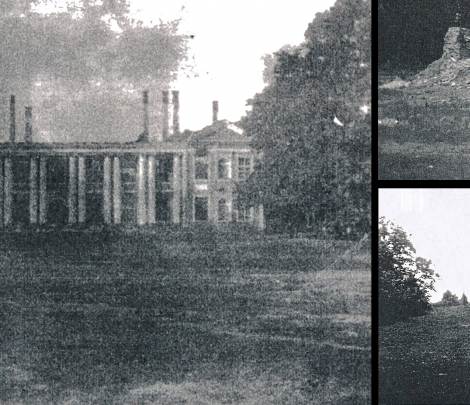Carnikava Manor
History of the owners of Carnikava Manor
Carnikava is first mentioned in 15th century documents in which Catholic church officials agree on fishing rights in Kadaga Lake, located on the right bank of the Gauja in Carnikava district. Another document from the same period suggests that the Carnikava Manor was owned by the Riga Dome Cathedral Chapter.
The following history of the owners of the manor is described in the book Beiträge zur Geschichte der Rittergüter Livlands. 2. Teil (Dresden, 1885, S.68 – 69) by Baltic German historian Leonhardt von Stryk.
• On December 12, 1566 the Polish Governor of Vidzeme (Livland) Count Hodkiewicz fiefed dynasty rights over the manor to the Canon (Domherr) of the bishoprics of Lübeck and Saaremaa, Johann von Münster. Sigismund II Augustus, the King of the Polish-Lithuanian Commonwealth, gave his royal assent on December 16.
• Von Münster then sold the manor to Ludolff von der Brincken in March 1588. Later the von der Brinken family fled with the Polish-Lithuanian army which withdrew from Vidzeme as it and Carnikava were incorporated into the Swedish Empire. Gustav II Adolf, King of Sweden, awarded a part of the manor (eight homesteads) and the lamprey and salmon tači (weirs) as an allod in October 1626 in Tigenhof, Prussia to General-Chamberlain Gerd Didrichson – with the other half awarded by Norrköping law in November to Major Paul von Wulff of the Riga Garrison. By 1627 von Wulff had bought the other half from Didrichson by 1500 thalers.
• His son, Major General Jacob Johann von Wulff sold the entire manor to Major General, landrat and landmarschall Gustav freiherr von Mengden for 11 000 thalers in November 1674; the deal was approved by King Charles XI in 1678. After the death of Gustav, his oldest son, landmarschall Magnus Gustav Freiherr von Mengden inherited the manor until his own death in 1726. After this Carnikava passed on to his son, future landrat Ernst Reinhold Graf von Mengden, who was born in the same year.
• After his death in January 1802 the children of his brother mortgaged the Carnikava and Hilhensholm manors for 95 000 thalers to Baron Friedrich Mengden, who received both manors in August 1818 as family estates.
• In October 1820 his son, former judge baron Gustav Mengden mortgaged both manors for 10 years in exchange for 120 000 silver roubles to merchant Johann Martin Pander – he in turn ceded the manors in December 1833 for 73 000 silver roubles to his son, the future biologist Christian Heinrich von Pander, who ultimately mortgaged the manor in January 1849 for 83 000 silver roubles to Peter Pander.
The last owner of the manor was manufacturer Heinrich Goegginger (1875–1943), who bought the manor in 1906 and lived there with his family until World War I. During the end of the war, the manor palace was burned down on 12 September 1917 (30 August in the Julian calendar) - likely by the retreating Russian Imperial Army after the loss of Riga. After the war the family of Goegginger returned to Carnikava and lived in the former house of the manor manager, but they lost the rights to the land and buildings of the manor after the Latvian land reform started in 1920, just after the end of the Latvian War of Independence. The lands of the manor were redistributed by the state and most of the former manor was awarded to Colonel (and future General) Mārtiņš Vācietis, a battle veteran of the Latvian Army and future Minister of War.
